I am using this code to remove this yellow stamp from an image :
import cv2
import numpy as np
# read image
img = cv2.imread('input.jpg')
# threshold on yellow
lower = (0, 200, 200)
upper = (100, 255, 255)
thresh = cv2.inRange(img, lower, upper)
# apply dilate morphology
kernel = np.ones((9, 9), np.uint8)
mask = cv2.morphologyEx(thresh, cv2.MORPH_DILATE, kernel)
# get largest contour
contours = cv2.findContours(mask, cv2.RETR_EXTERNAL, cv2.CHAIN_APPROX_SIMPLE)
contours = contours[0] if len(contours) == 2 else contours[1]
big_contour = max(contours, key=cv2.contourArea)
x, y, w, h = cv2.boundingRect(big_contour)
# draw filled white contour on input
result = img.copy()
cv2.drawContours(result, [big_contour], 0, (255, 255, 255), -1)
cv2.imwrite('yellow_removed.png', result)
# show the images
cv2.imshow("RESULT", result)
cv2.waitKey(0)
cv2.destroyAllWindows()
I get the following error:
big_contour = max(contours, key=cv2.contourArea) ValueError: max() arg is an empty sequence
Obviously, it is not detecting any contours, and the contours array is empty, but I could not figure out why that is or how to fix it. Help is appreciated!







